Walkden Entertainment (aka Peter Walkden) had the honour and pleasure of chatting with Lance Larson, director and one of the writers of Deadland (2023), available on Digital from June 26th in Australia and New Zealand, thanks to Lightbulb Film Distribution.

Let’s break the ice with a fun question: what is your all-time favourite thriller film?
That’s a tough one, but if I had to choose one, it would probably be FUNNY BONES. I’m not sure if it is a true thriller, but it definitely has thriller elements. It’s a gripping cross-genre film with gut-wrenching performances! Close seconds are JAWS, COME AND SEE, NO COUNTRY FOR OLD MEN, FIGHT CLUB, and THE KILLING OF A SACRED DEER.
How long did it take to film Deadland?
27 days is a pretty long shoot for a low-budget indie. We chose to move with a smaller crew to get more days as opposed to a bigger crew with fewer days. We really wanted to focus on getting great performances.
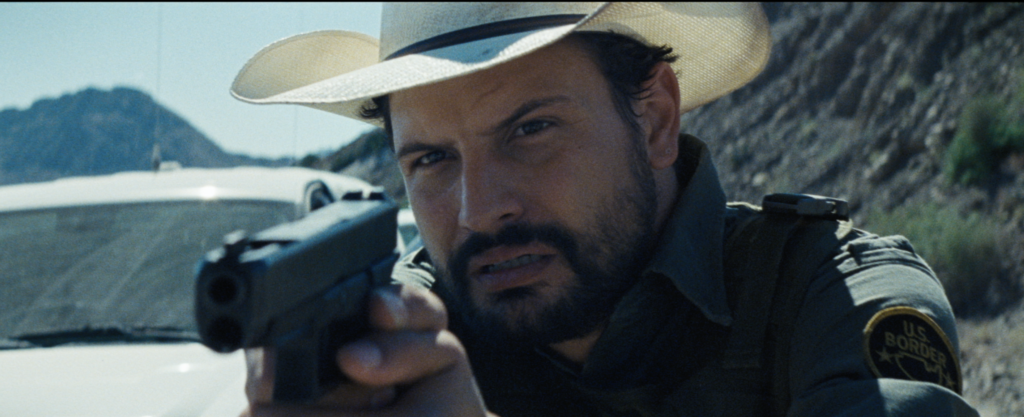
What was your biggest challenge when it came to filming Deadland?
Independent film is challenging, so it’s tough to pick one as the biggest challenge. We shot the film during COVID-19, which was a challenge because our actors and crew all lived and operated in a bubble. Also, when we started shooting, we were not fully financed, so the first couple of weeks were a little nerve-wracking, to say the least. During the shoot, I kept thinking the ground was going to fall out from under us, and it just never did. In fact, it was a really smooth shoot and an overall joyful experience. I remember being so grateful at the end of every shoot day. Everyone involved, down to the cast and crew, were ‘givers’. When everyone is trying to give to the experience rather than get it, great things happen. Those 27 days became a special time and place because everyone’s hearts were in it! I credit Producers Elizabeth Avellan and Bob Bastarache for setting the ‘giving’ tone. Those two give with love… They are the biggest givers I know.
As director and one of the writers of Deadland, how did you develop this concept and storyline?
I usually write with Jas Shelton. We’ve worked together since film school at The University of Texas at Austin, so we see eye to eye on just about everything. When developing stories, I look to characters for story development. If you have an interesting character then the story tells itself. Regarding DEADLAND, I read an article about a 1st generation U.S Border Patrol Agent whose parents were undocumented immigrants. I thought to myself, “That’s some serious duality. That’s a character worth writing about.” So Jas and I did our research on the border between Mexico and the United States. Then we started to dissect the word “border”. We thought about looking at the border in the physical and the metaphysical sense. There is so much death at the border we decided to lean into the border between life and death too. So we have this gritty border story on one hand and an eerie ghost story on the other, with both stories dovetailing together at the end.
Unexpectedly, the film discusses sins from the past and being haunted by them. Was this theme and topic chosen for personal reasons, or was it influenced by someone or something?
As filmmakers, our job is to create tension. We used the thriller genre to create as much tension as possible from both sides of the story. We wanted to create enough guilt so that when the Stranger starts to haunt the trio of border agents, it’s up to the audience to decide whether it’s an actual ghost haunting them or their guilty conscience. There’s no wrong answer.

The visuals were unique, strong, engaging, and gripping—I was hooked on this film. What inspired you to make a film with such strong visuals and a tense atmosphere?
Credit for the visuals goes to Jas Shelton. He’s a brilliant DP and, in my opinion, one of the best in this business. Obviously, he is a master at bending light, but what makes him truly remarkable is his dedication to storytelling. His decisions always come from a place of character, story and place. He wanted to shoot 16-millimeter film to accentuate the gritty nature of the story. Jas chose anamorphic Eastern European lenses to glass the film for two reasons: The anamorphic would heighten the trials and tribulations of each character’s experiences, and the amber flares would reflect the brown and red colour tones of the topography. These kinds of decisions are what makes Jas Shelton special. He’s not just a DP; he’s a filmmaker through and through.
Tell me about Roberto Urbina. What led to you picking him for the leading role of Angel Waters? What was his strength/contribution that confirmed he would be perfect for the leading role in Deadland?
Roberto Urbina is a rare and special talent, a born leader. The role of Angel Waters was tough for any actor because he’s a man on an island, literally a man between two countries. A 1st generation border agent that carries his badge in one hand and his heart in the other. Roberto walked that line deftly. He’s one of those actors that can carry the weight of the world on his shoulders without overacting. Roberto is so subtle, yet the audience is able to feel every ounce of his struggle. One of my favourite things about Roberto is he fully understands what comes with being a leading man in a film. He takes care of everyone on set effortlessly. He understands that what he brings to the set will affect the director, his cast mates and the entire crew. So he chooses to bring happiness to every second of every day on set. People think directors run sets, but it’s really lead talent. Lead actors like Roberto turn the madness of movie-making into a joyful stress-free environment. What a joy it is to have the opportunity to work with a talented gentleman like Roberto Urbina.
Without mentioning any spoilers, the storyline has multiple twists and turns and plenty of surprising moments. Was this always the plan, or did you ever change it as you went along while making the film?
My team and I believe a script isn’t ever done until you shoot it. So, changes and additions are always being made to enhance the story, but the intent from the beginning was to create a pressure cooker wrought with tension from start to finish.

Did you ever allow the actors to improvise, or were they required always to follow the script?
I’m a huge fan of collaboration and improvisation. The script is a strong guide, but I always think there is room to improve. My goal when shooting is to capture visceral spontaneous moments. I love when actors want to unpack a scene, it means they care. Kendal Rae loves to unpack a scene, and in every conversation we had, the scenes would inevitably elevate. The same goes for behind the camera. As a director, it’s my job to inspire creativity. I get to work with talented producers, DPs, production designers, key crew members, and brilliant actors. My goal is to inspire them to take ownership of their roles so everyone can confidently contribute.
What was your most significant or standout moment while working on this film? Something impactful that you that you’ll never forget about.
Luis Chavez and I decided to keep him sequestered from the cast and crew so that the STRANGER could be truly STRANGE. It worked; the cast and crew were really weirded out by his presence or lack thereof. So when he showed up on set there was this undeniable tension amongst the cast and crew. I remember McCaul Lombardi being really off-balance around Luis. McCaul actually broke that mirror in the scene when the Stranger visits him. He also rolled the gurney over his foot. McCaul would look at me with big eyes every time Luis entered the set. Roberto nervously said to me, “That guy has strange energy.” And, of course, my reply was, “Yeah, he really freaks me out too.” When the actors heard me say that, they were even more on edge. The funny thing is that Luis Chavez is the nicest guy, but I know perception is reality, so I played into it. I firmly believe keeping Luis from the cast and crew resonated on screen. After we wrapped the film I saw Luis having beers with the cast and crew. They were all laughing and having a great time. It surprised me a bit, but Roberto laughed and said, “We’re talking now.” I’m glad they all got to know the real Luis Chavez. What a wonderful person Luis is!

Do you have any upcoming projects that you can reveal? Would you like to continue making films in the thriller genre?
I am currently casting a psychological thriller titled VINYL. I also have a couple of other projects in the process of being set up through UTA and Range Media Partners. I’m sure at some point, I will do another genre, but for right now, I’m focused on psychological thrillers. I believe tone is the most important element in filmmaking, and psychological thrillers give filmmakers a strong space to establish tone.
As our interview ends, why should the people of Australia and New Zealand watch Deadland from June 26th?
If you’re looking for something different and eerie as f**k, then DEADLAND is for you. And remember, death is only a horizon…
xxth June 2024
Written by Peter Walkden

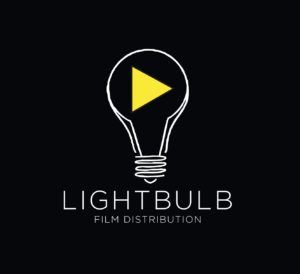
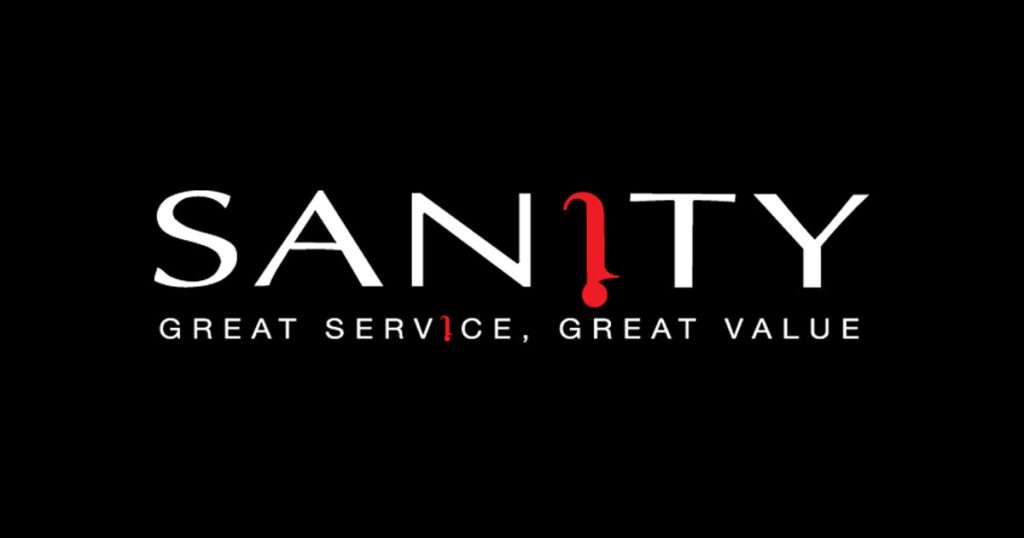
Walkden Entertainment Podcasts Are Now Available!
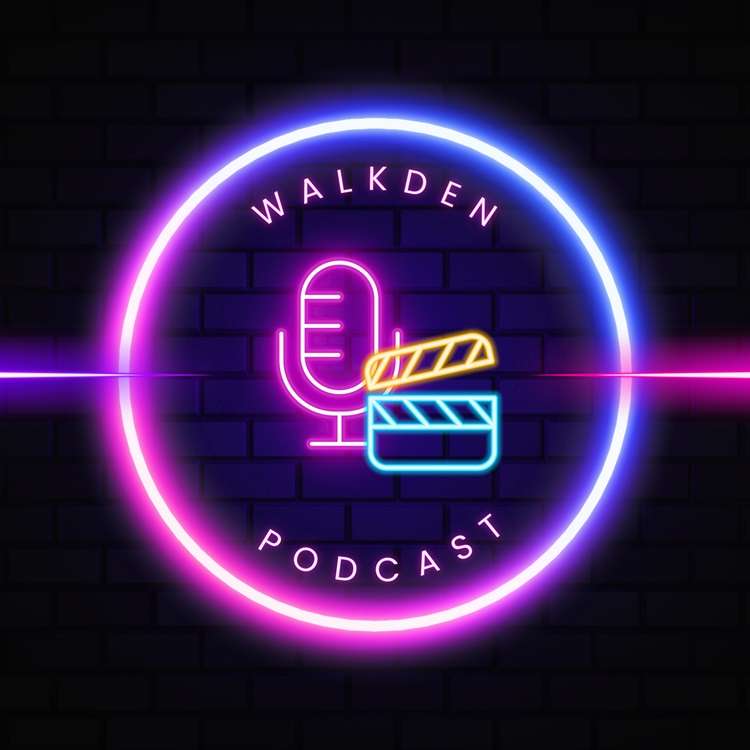


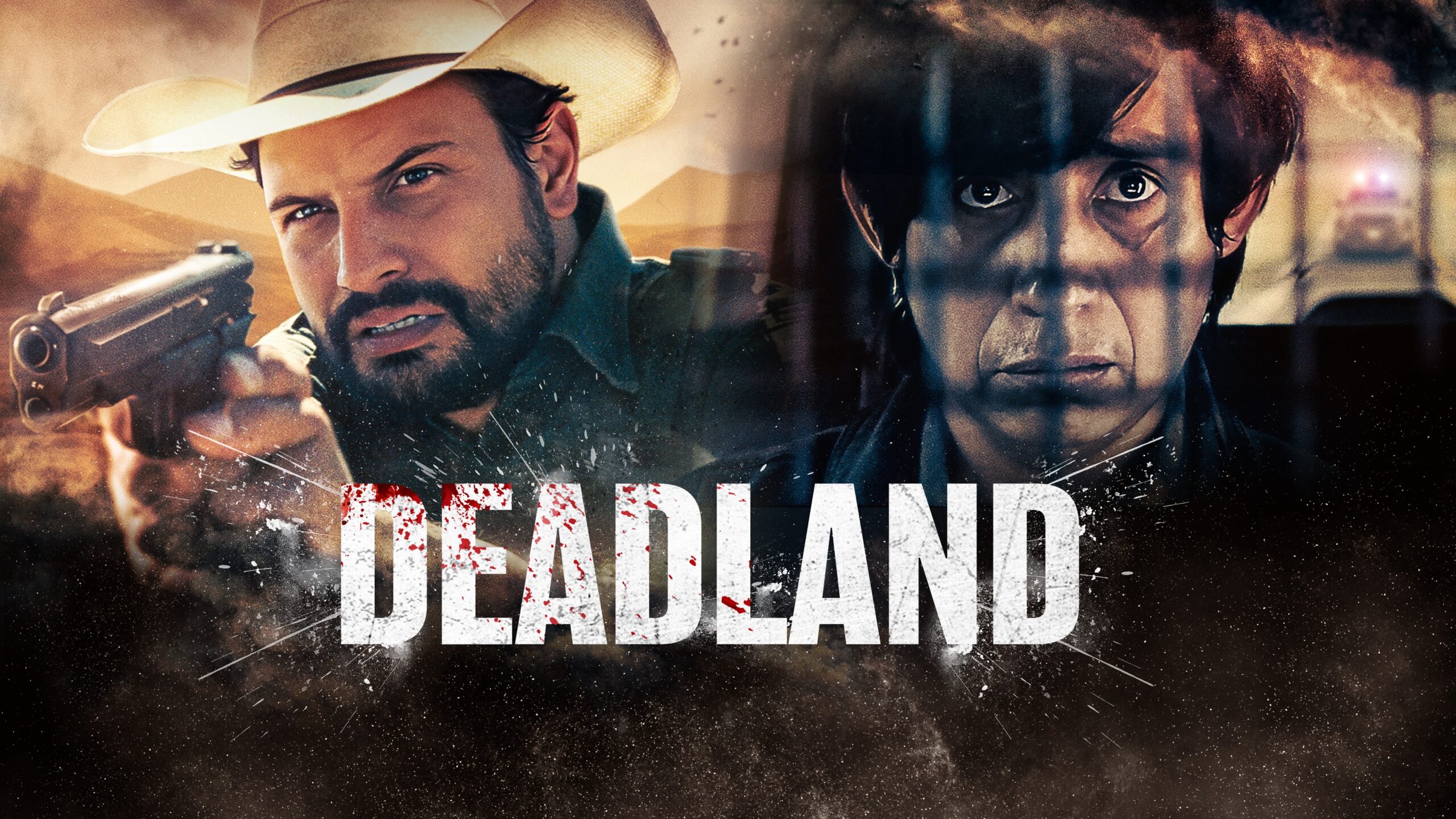
0 Comments